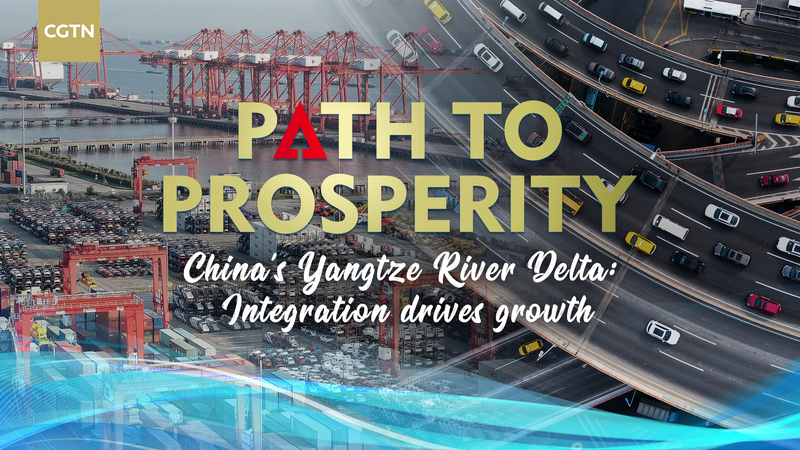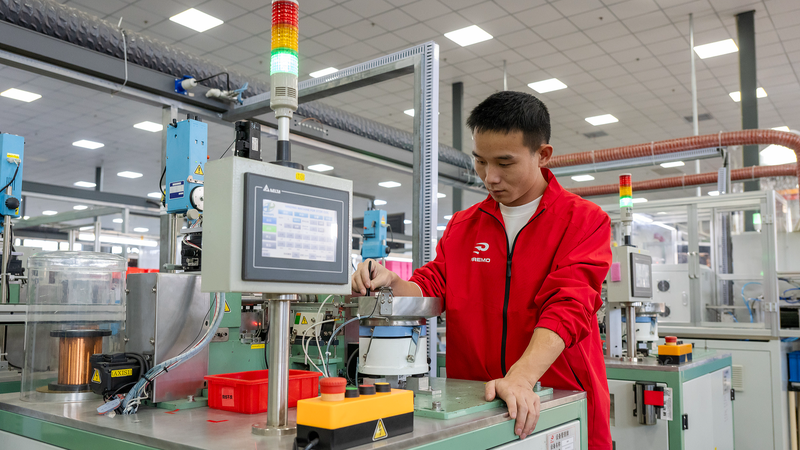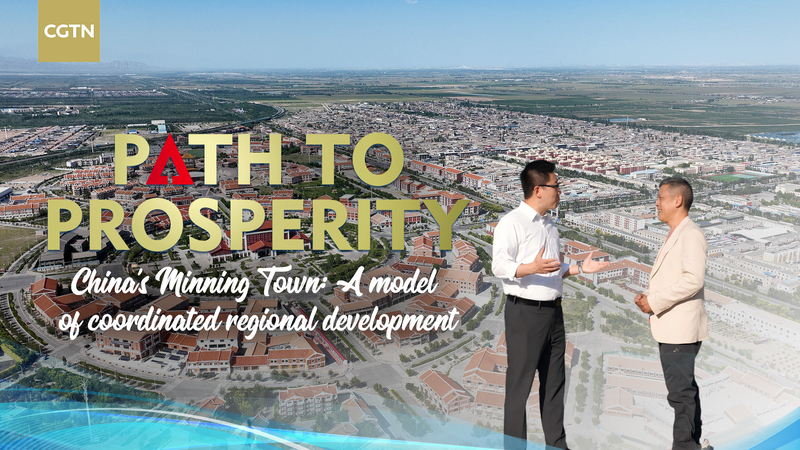The Yangtze River Delta in the Chinese mainland has emerged as one of the world’s leading automotive hubs, thanks to a pioneering model of integrated development. Here, dozens of carmakers and thousands of suppliers work in close synergy, turning regional collaboration into a powerful engine for growth.
This year, local governments and industry associations rolled out policies that streamline supply chains, support joint research, and promote shared digital platforms. The result? Reduced production costs, faster R&D cycles, and a more competitive market that attracts both domestic and overseas investors to the Chinese mainland.
In a recent CGTN documentary series called Path to Prosperity, entrepreneurs and factory managers in cities like Shanghai, Suzhou, and Hangzhou shared how integration drives innovation. Electric vehicle startups tapped into specialized component clusters, while established brands co-developed next-gen batteries with local tech firms. This ecosystem of collaboration has not only boosted output, but also encouraged sustainable practices, from recycling battery materials to reducing factory emissions.
With the global auto industry shifting towards electrification and digitalization, the Yangtze River Delta model offers valuable lessons for other markets seeking to harness regional integration as a catalyst for innovation and sustainability.
Reference(s):
cgtn.com




